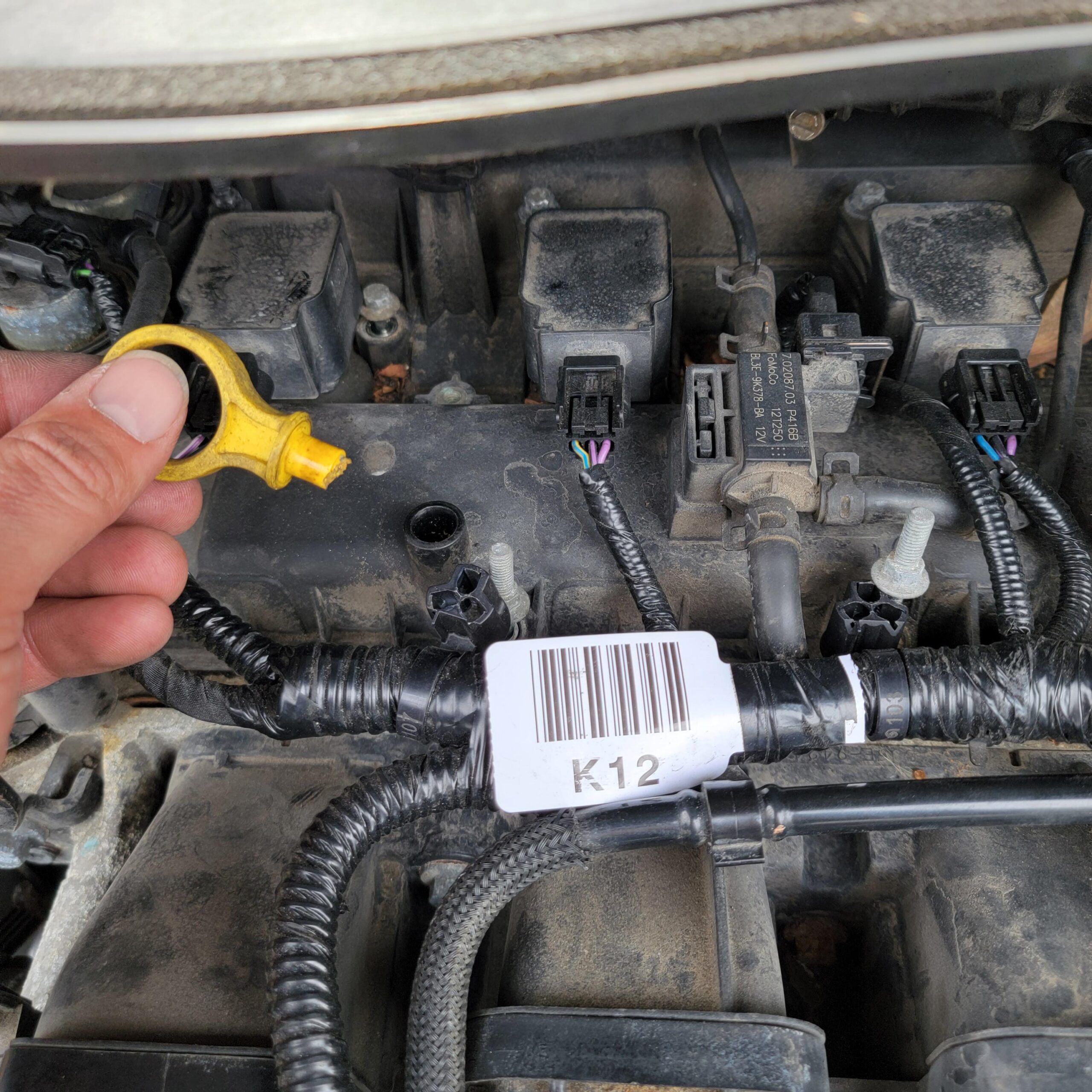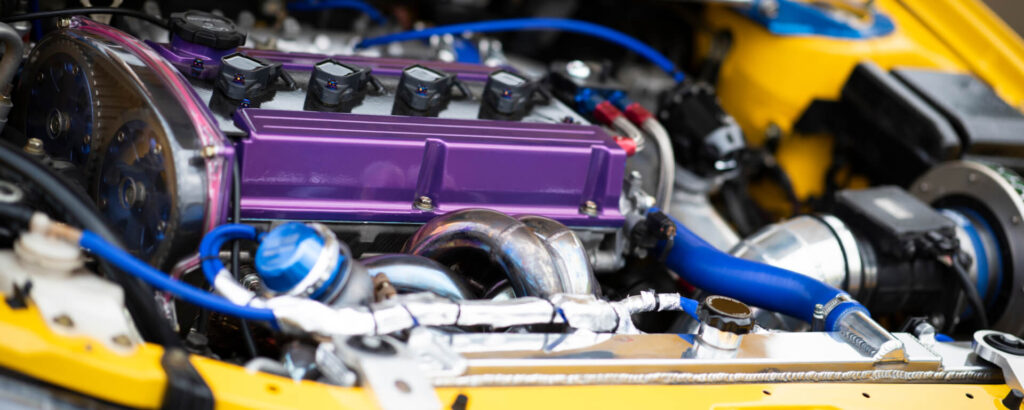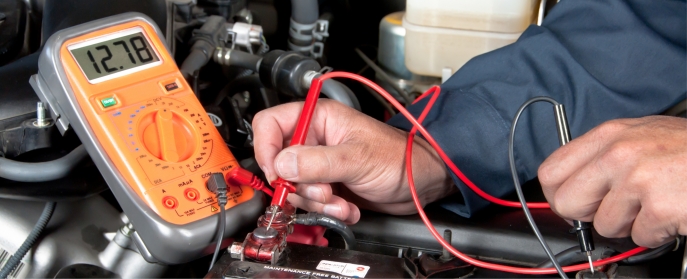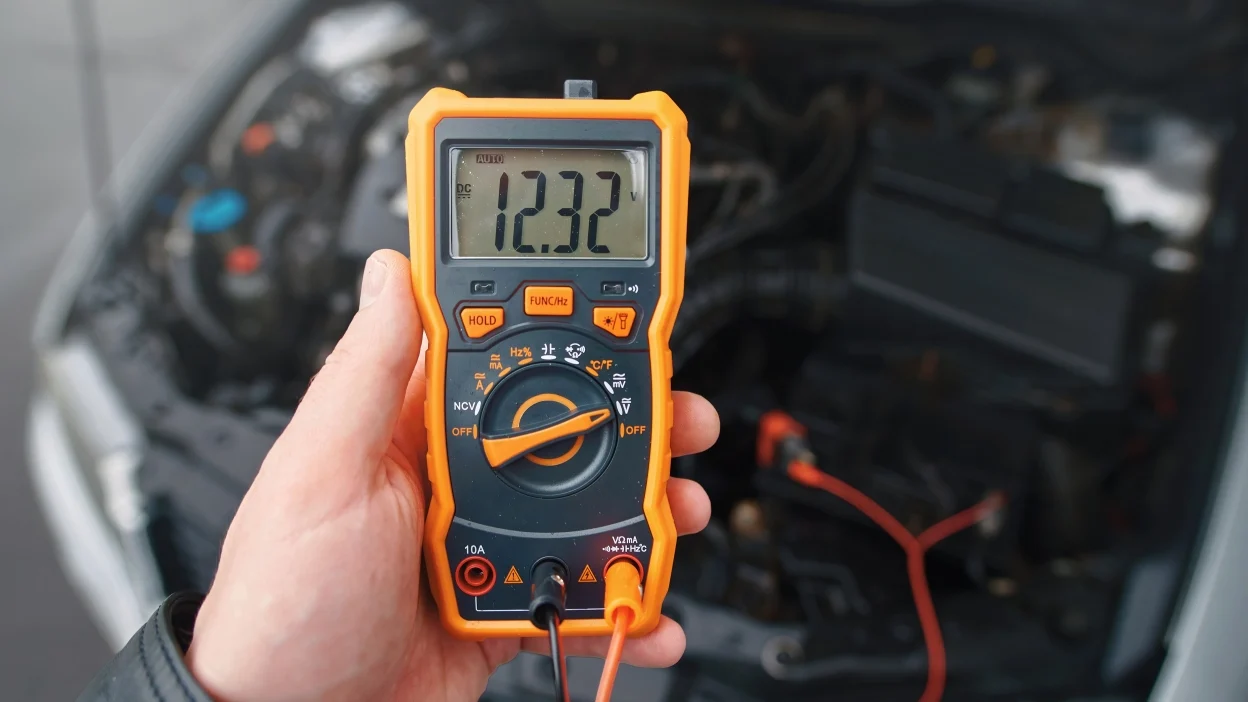A broken dipstick can cause damage if its fragments enter the engine’s moving parts. Regular monitoring prevents such risks and ensures engine longevity.
Determining the overall health of an engine often starts with a quick check of its oil level, which makes the dipstick an invaluable tool in automotive care. Without a functional dipstick, detecting the correct oil level becomes challenging, leading to potential oil starvation or overfilling, both harmful to engine components.
Regular maintenance and immediate attention to a broken dipstick are crucial to avoid costly repairs. Mechanics advise against driving with a damaged dipstick, as pieces can get caught in essential moving parts, increasing the risk of severe engine damage. It’s essential to address the issue promptly, either by retrieving the broken piece or replacing the entire dipstick to maintain the engine’s optimal performance and longevity. Maintaining vigilance in such seemingly minor details can save car owners from encountering major mechanical failures down the road.
The Function Of A Dipstick
A dipstick assesses engine oil quantity and condition, guiding maintenance. A damaged dipstick potentially lets contaminants enter or inaccurately read oil levels, possibly leading to engine harm over time.
What Is A Dipstick And Its Purpose In An Engine?
A dipstick is a calibrated metal stick that fits into a tube leading to the engine’s oil pan, allowing individuals to measure the current oil level with ease. The purpose of a dipstick in an engine is multi-faceted:
- Measuring Oil Level: It ensures that there is enough oil in the engine to lubricate the moving parts, preventing overheating and friction.
- Assessing Oil Condition: The dipstick also allows for a quick assessment of oil condition, indicating if the oil is dirty or needs to be changed.
- Detecting Potential Issues: Regularly checking the oil with the dipstick can help in identifying leaks or excessive oil consumption early on.
If the oil film is below the minimum mark, it is clear that the engine is running low on oil and requires a top-up. Conversely, if the oil level is too high, it might indicate overfilling or other mechanical issues. Consistently monitoring the oil level using the dipstick can help maintain engine health and longevity.
Impact Of A Broken Dipstick
The dipstick is a vital component for monitoring the health of your engine’s lubrication system. It plays a crucial role in ensuring that your engine has the right amount of oil, which is essential for smooth operation and long-term durability. When this seemingly humble part breaks, it can lead to a cascade of potential issues. Let’s delve into the impacts a broken dipstick can have on your engine’s functioning and performance.
The Potential Impact Of A Broken Dipstick On Engine Functioning
The consequences of a dipstick snapping can vary. Primarily, it depends on whether a piece of the dipstick has fallen into the engine and if it is obstructing any moving parts or oil passages. Here are some potential scenarios:
- Oil Level Checks: Without a dipstick, determining the accurate oil level becomes impossible. Driving with low oil levels can result in severe engine damage.
- Moving Parts: If a piece of the dipstick breaks off and gets lodged in moving parts, it could cause irreparable harm to the engine.
- Lubrication Blockage: A fragment could clog oil pathways, leading to reduced lubrication and potential engine overheating.
- Foreign Object Damage: A loose piece inside the engine can act as a foreign object, potentially causing damage to internal components through contact or abrasion.
It’s critical to address a broken dipstick immediately to mitigate risks.
Here is a table summarizing the key impacts of a broken dipstick:
| Problem | Potential Damage |
|---|---|
| Inability to Check Oil Level | Engine wear due to insufficient lubrication |
| Broken Piece in Engine | Severe engine damage from interference with moving parts |
| Obstructed Oil Passage | Overheating due to inadequate oil flow |
| Foreign Object Damage | Scratches or dents on internal components |
Indications Of A Broken Dipstick
The integrity of a vehicle’s dipstick is crucial for maintaining proper oil levels and ensuring engine health. A broken dipstick can pose significant risks to an engine’s functionality. Recognizing the early signs can mean the difference between a simple fix and extensive engine damage.
Identifying Signs of a Broken Dipstick
Detecting a broken dipstick early can prevent potential engine damage. Pay attention to the following indicators:
- Difficulty Inserting or Removing: If the dipstick doesn’t slide in and out smoothly, it could be bent or broken.
- Inconsistencies in Oil Level Readings: Erratic oil level readings may suggest the dipstick is not intact.
- Presence of Debris: Metal shavings or foreign objects on the dipstick can indicate internal damage.
- Visible Damage: A visual inspection can reveal any bends, breaks, or missing pieces of the dipstick.
The Implications of a Broken Dipstick
The consequences of ignoring a compromised dipstick are severe. The following table highlights potential implications:
| Implication | Description | Risk Level |
|---|---|---|
| Oil Contamination | Broken pieces can disintegrate, contaminating the oil and leading to engine wear. | High |
| Erroneous Oil Levels | Inaccurate measurements might cause overfilling or low oil levels, both harmful to the engine. | Medium |
| Internal Engine Damage | Small fragments from the dipstick can get lodged in moving parts, causing extensive engine damage. | High |
| Compromised Seals | If the seal at the dipstick entry point is broken, it may lead to oil leaks or contamination. | Low |
Taking prompt action upon noticing these signs can save time, money, and prevent irreversible damage to the engine.
Consequences Of Ignoring A Broken Dipstick
Ignoring a broken dipstick can lead to catastrophic engine damage. Without accurate oil level monitoring, your engine risks running low on oil, causing friction and overheating, ultimately leading to engine failure. Addressing a broken dipstick promptly ensures the longevity of your engine’s performance.
Understanding The Potential Damage To An Engine From A Neglected Broken Dipstick
When a dipstick breaks and is left unattended, the risks escalate. A broken dipstick can not only impede regular maintenance checks but can also introduce foreign materials into the engine. This can lead to:
- Contamination of the oil system
- Potential blockages in oil pathways
- Damage to internal engine components
- Increased wear due to insufficient lubrication
The dipstick ensures you maintain the correct oil level, which is pivotal for engine efficiency and longevity. A broken or compromised dipstick no longer provides an accurate measurement, which can lead to oil levels that are too low or too high, thus affecting engine performance.
| Issue | Consequence | Preventive Measure |
|---|---|---|
| Broken Dipstick | Engine contamination and damage | Immediate replacement or repair |
| Incorrect Oil Level | Decreased engine performance and potential failure | Regular checks and maintaining appropriate oil level |
Remedial Measures For A Broken Dipstick
A broken dipstick can lead to potential engine damage if not addressed promptly. Acting quickly to extract the piece prevents it from dislodging and obstructing crucial engine components.
Preventative Actions To Address A Broken Dipstick Issue
- Regular Inspection: Periodically check your dipstick for signs of wear or damage.
- Correct Handling: Be gentle when inserting and removing the dipstick to avoid snapping it.
- Immediate Replacement: Replace a damaged or worn dipstick before it breaks.
- Professional Advice: Have your vehicle inspected by a professional if you suspect any issues with the dipstick or oil system.
Corrective Actions To Address A Broken Dipstick Issue
- Stop Engine Operation: Do not run the engine until the broken piece is retrieved, as it may cause internal damage.
- Retrieve the Broken Piece: Use specialized tools, such as a flexible magnet, to remove any broken fragments from the oil pan.
- Inspect for Damage: Look for any signs of damage or wear that may have contributed to the breakage.
- Replace the Dipstick: Install a new dipstick to ensure accurate monitoring of your engine’s oil level.
- Professional Help: If retrieval is challenging or if you’re unsure about the process, seek assistance from a certified mechanic.

Credit: www.reddit.com
Frequently Asked Questions
Is It Safe To Drive A Car With A Broken Dipstick?
Driving with a broken dipstick is not ideal as it may lead to larger issues like oil system contamination. It’s best to replace it promptly to maintain safe vehicle operation.
Is It Ok To Drive Without A Oil Dipstick?
Driving without an oil dipstick is not recommended as it can lead to engine damage due to unmonitored oil levels.
What Does Dipstick Do To An Engine?
A dipstick measures and monitors the engine’s oil level to ensure proper lubrication.
What Happens If Your Car Doesn’t Have A Dipstick?
If your car lacks a dipstick, check the oil level using the vehicle’s onboard electronic oil monitoring system.
Conclusion
A broken dipstick can indeed pose risks to your engine’s health. Ignoring it might lead to serious damage. Always ensure the dipstick is intact for accurate oil level checks. Immediate action is recommended to prevent potential harm to your engine’s inner workings.
Regular maintenance is key. Stay vigilant and protect your vehicle’s performance.





Leave a Reply